Mining in East Africa Map
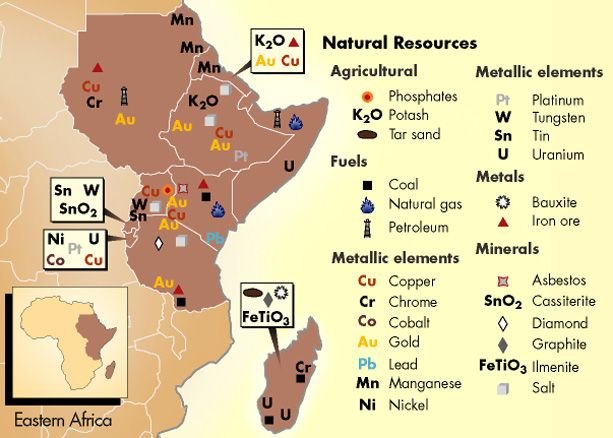
East Africa is emerging as a significant player in the global mining industry , with a rich array of mineral resources and increasing investment from both local and international companies. From gold in Tanzania to tantalum in Uganda, the region is becoming a focal point for exploration and extraction. The Mining in East Africa Map provides a visual guide to the continent’s most important mining areas and their economic significance.
Why the Mining in East Africa Map Matters
The Mining in East Africa Map is essential for:
- Investors looking to identify new opportunities
- Researchers studying mineral potential
- Governments planning resource-based development
- Mining companies targeting exploration sites
- Local communities understanding the impact of mining on their region
It visually highlights where key minerals are found and how they contribute to the regional and global economy.
Key Mining Regions in East Africa
Here’s a breakdown of the major mining regions and the key minerals they produce:
1. Tanzania
- Major Minerals : Gold, Diamonds, Tantalum, Nickel
- Key Areas : Songwe Valley, Lindi Region, Rukwa Basin
- Significance : One of Africa’s top gold producers and a growing hub for rare earth elements.
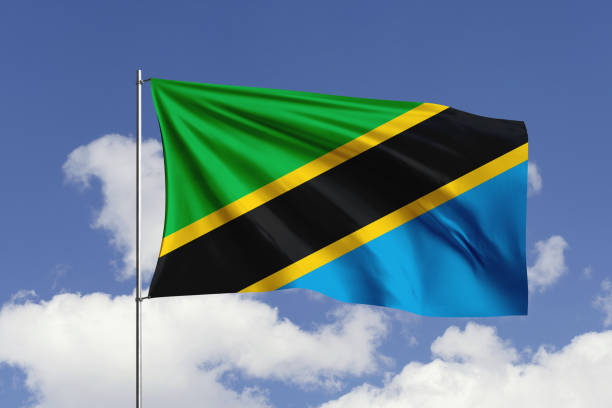
2. Kenya
- Major Minerals : Gold, Rare Earth Elements (REEs), Uranium
- Key Areas : Nyanza, Kakamega, Turkana Basin
- Significance : Increasing focus on gold and REEs due to their use in technology and green energy.
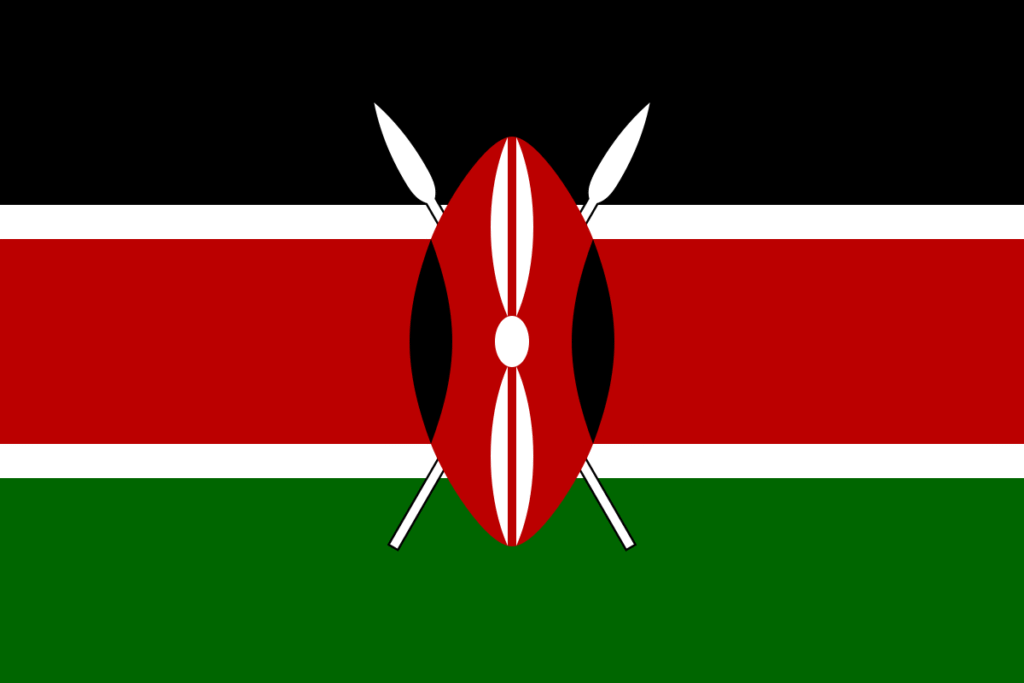
3. Uganda
- Major Minerals : Tantalum, Tin, Tungsten (Coltan)
- Key Areas : Katakwi, Katakwi District, Murchison Falls
- Significance : Known for its coltan deposits, which are crucial for electronics and mobile devices.
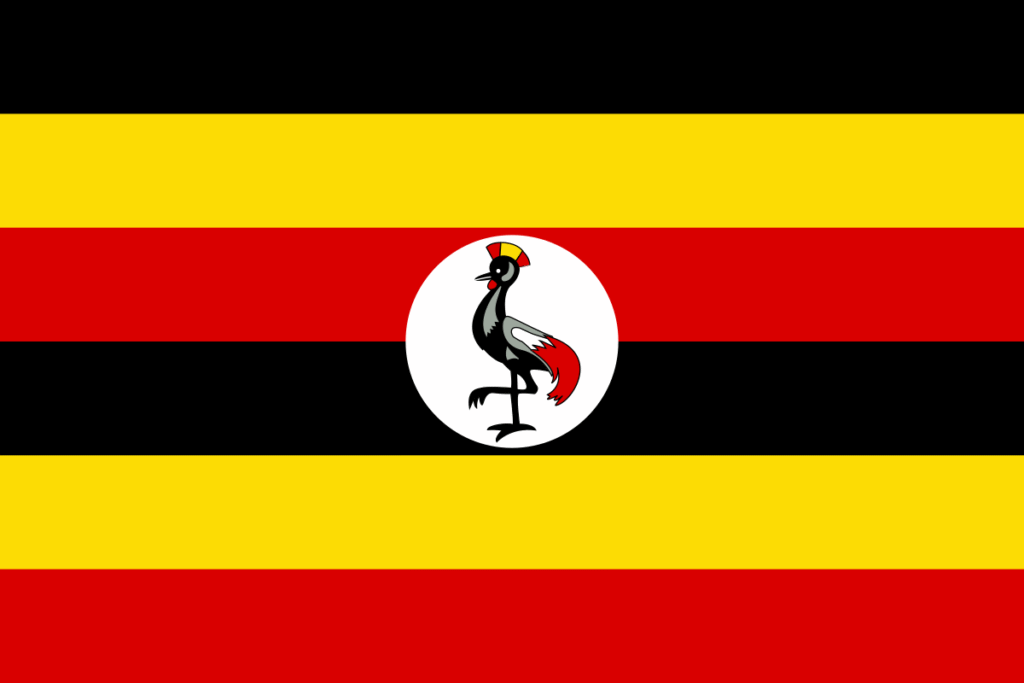
4. Ethiopia
- Major Minerals : Gold, Platinum, Iron Ore
- Key Areas : Oromia, Somali, Afar Regions
- Significance : Emerging as a major gold producer and a key player in the African mining landscape.

5. Rwanda
- Major Minerals : Cobalt, Tantalum, Gold
- Key Areas : Western Province, Nyamirama, Gisenyi
- Significance : Growing interest in cobalt and other critical minerals used in batteries and renewable energy.
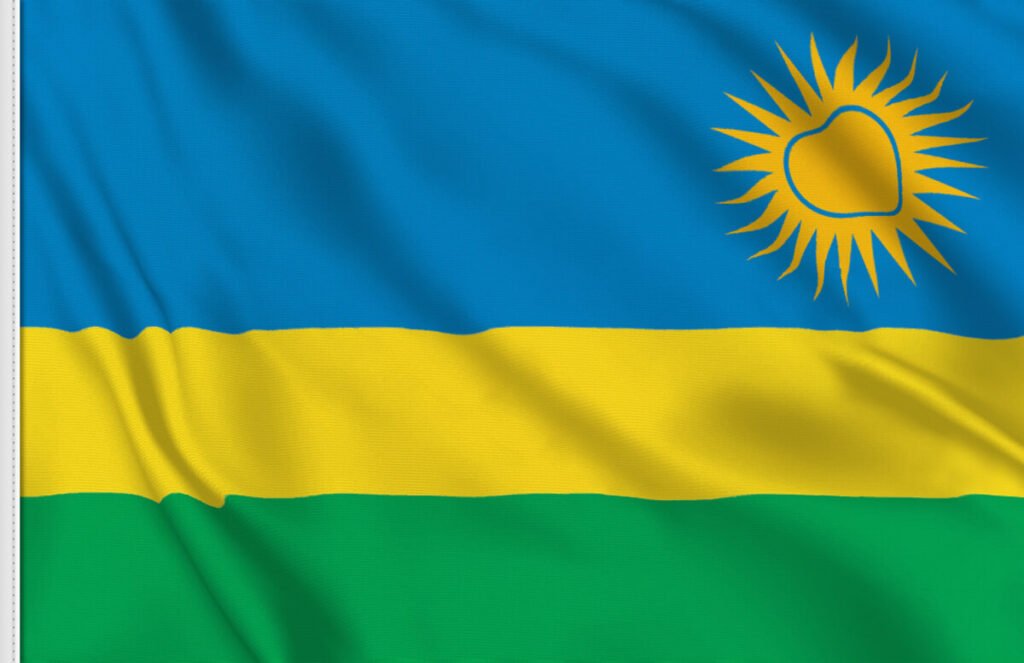
6. Somalia
- Major Minerals : Gold, Gemstones, Salt
- Key Areas : Gedo, Hiran, Bari
- Significance : Limited infrastructure but high mineral potential, especially in gold and gemstones.

Economic Impact of Mining in East Africa
Mining plays a vital role in many East African economies, contributing to:
- GDP Growth
- Employment Opportunities
- Export Revenue
- Infrastructure Development
- Community Investment
However, it also comes with challenges such as environmental concerns , labor rights issues , and regulatory complexities .
The Future of Mining in East Africa
As demand for critical minerals like lithium, cobalt, and rare earth elements rises due to the global shift toward green energy and electric vehicles , the Mining in East Africa Map will continue to evolve. New discoveries and investments are expected to expand the map further, highlighting East Africa’s growing importance in the global mineral supply chain.
FAQs
Q: What is the Mining in East Africa Map?
A: It is a visual representation of key mining regions, mineral resources, and industry activity across East African countries like Tanzania, Kenya, Uganda, and Ethiopia.
Q: Which countries in East Africa have the most significant mining operations?
A: Tanzania, Kenya, and Uganda are among the most active, with strong gold, coltan, and rare earth element production.
Q: What minerals are mined in East Africa?
A: Major minerals include gold, diamonds, tantalum, tin, tungsten, cobalt, and rare earth elements.
Q: How does the Mining in East Africa Map help investors?
A: It helps investors identify potential mining hotspots, understand regional trends, and assess market opportunities.
Q: Are there maps showing artisanal and small-scale mining in East Africa?
A: Yes, some maps highlight both large-scale and small-scale mining operations, especially in regions like Tanzania and Uganda.

